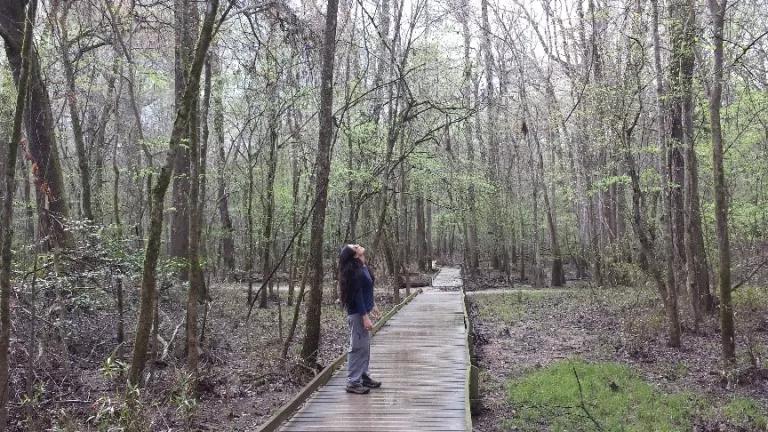The Biodiversity Report: Not All Gloom and Doom
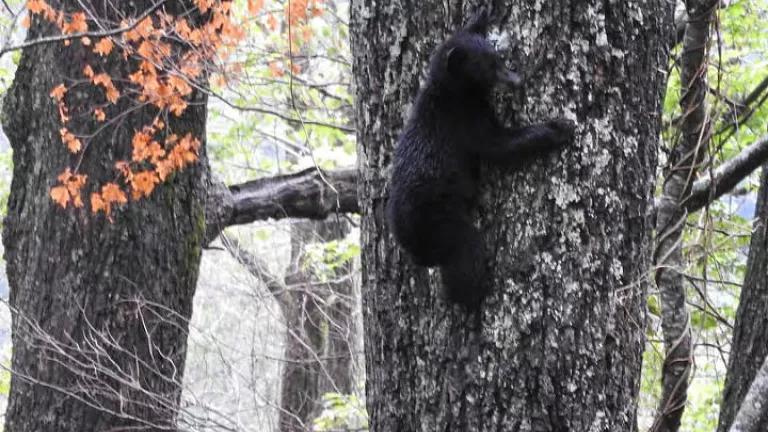
Nature is in dire decline. We have read about it all week now. However, let’s not let this important take-away get lost in the shuffle: there’s still time to reverse course.
Now is the time to heed the scientists’ warnings and take action, especially when it comes to land use.
Globally, land-use change is a direct driver of biodiversity decline that currently causes the greatest relative impact on terrestrial and freshwater ecosystems. The direct exploitation of organisms and climate change follow just behind.
Consider the following figures:
- Humans have significantly altered 75% of the land surface globally; and only around 25% of land is sufficiently unimpacted that ecological and evolutionary processes still operate with minimal human intervention;
- More than 500,000 species (9% of the world’s estimated 5.9 million terrestrial species) have insufficient habitat for long-term survival and are committed to extinction, unless their habitats are restored; and
- The global rate of species extinction is tens to hundreds of times higher than it has averaged over the past 10 million years and accelerating.
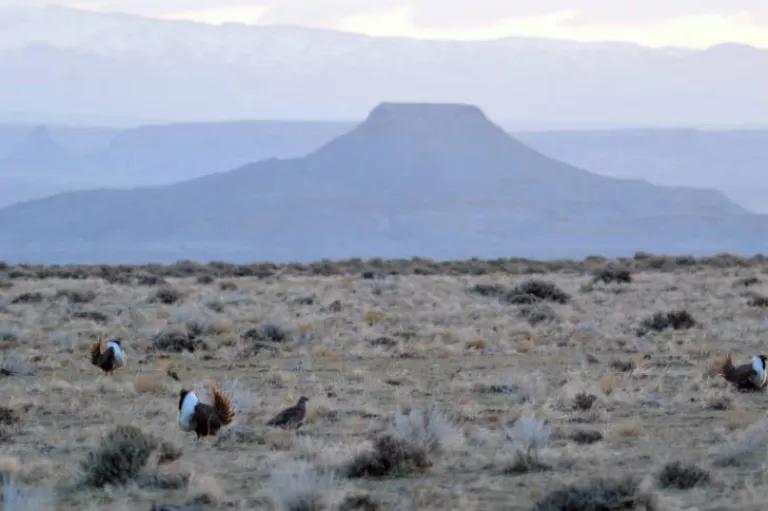
This rapid loss across the globe is happening due to:
- Agricultural expansion;
- A doubling of urban areas since 1992 with a corresponding and unprecedented expansion of infrastructure—e.g. energy infrastructure; and
- Massive population growth and material consumption coming mostly at the expense of forests, wetlands and grasslands.
The Biodiversity Report issued by the United Nations’ Intergovernmental Science-Policy Platform on Biodiversity and Ecosystem Services (IPBES) goes one step further to sound the alarm bells, by detailing the direct link between nature and future sustainability goals—unequivocally pronouncing that nature is essential to success in combating poverty, hunger, health, and overall well-being.
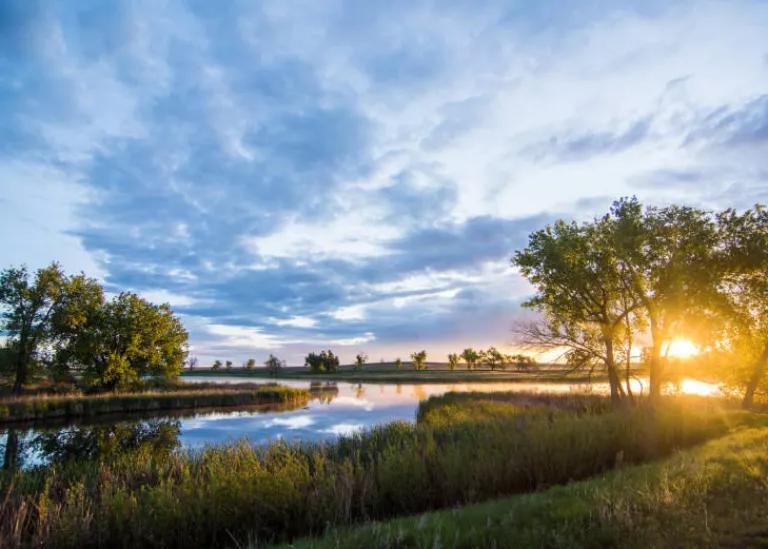
Fortunately, it’s not all gloom and doom. If we act immediately, we can “slow, halt and even reverse some aspects of biodiversity and ecosystem loss.” And doing so, will also help us meet our climate goals.
The world’s leading scientists are calling for a transformation of our environmental ethic. A shift in focus from purely exploitative activities to ones that appropriately prioritize ecosystem services and biodiversity. For example introducing incentives in line with the value of nature’s contribution to people, coupled with increasing sustainable land-use management and strengthening enforcement of environmental laws, can slow and in some instances restore this loss.
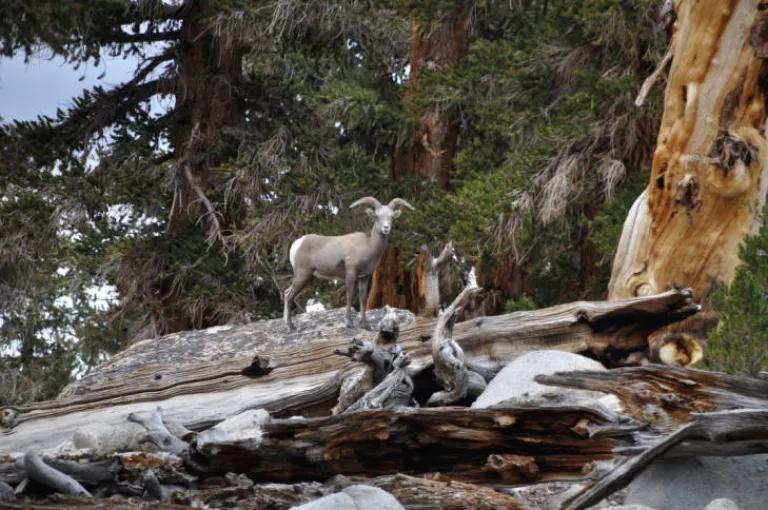
There is no time more critical to ensure that we are doing what’s right for nature—to rethink the way we value, incorporate and treat nature.
This means standing up to the Trump administration’s war on bedrock environmental laws, like the Migratory Bird Treaty Act—one of our nation’s oldest wildlife laws and most important for birds. As the IPBES calls for greater international cooperation for species protection, we cannot stand idly by as this administration ignores our existing international treaty commitments to protect migratory birds and chooses not to enforce against harm to birds.
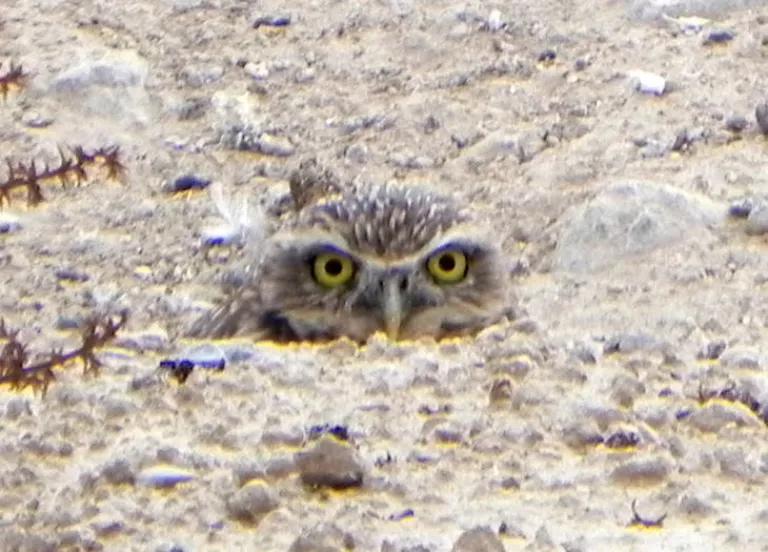
It also means that we must recognize that preserving existing natural places and wildlife are necessary but not sufficient to avert a mass extinction. Greatly improving and expanding upon our biodiversity and ecosystem protections are essential to gain ground and reverse the crisis that we are causing.
The Biodiversity Report calls for immediate transformative behavior using a multitude of tools and tactics. This includes public-private partnerships, a precautionary approach, and inclusive, adaptive and transparent engagement.
Numerous existing models for these tools and tactics exist. For example, NRDC relies on collaborative public-private partnerships in our coexistence work addressing non-lethal approaches to conflicts with wildlife. Landowners, state and federal wildlife management agencies and other stakeholders are working together to adopt strategies that allow humans and carnivores to coexist and thrive on the same lands.
We also engage in collaborative partnerships in the context of smart siting efforts for renewable energy to preserve critical species and ecosystems. In coordination with renewable energy developers, we identify transparent and adaptive development pathways that avoid and minimize environmental impacts while also promoting the rapid scaling of responsible wind and solar energy.
The Biodiversity Report makes it clear that these types of partnerships and strategies must be leveraged in massive and novel ways to have hope for the future. Our call to action has never been louder.
